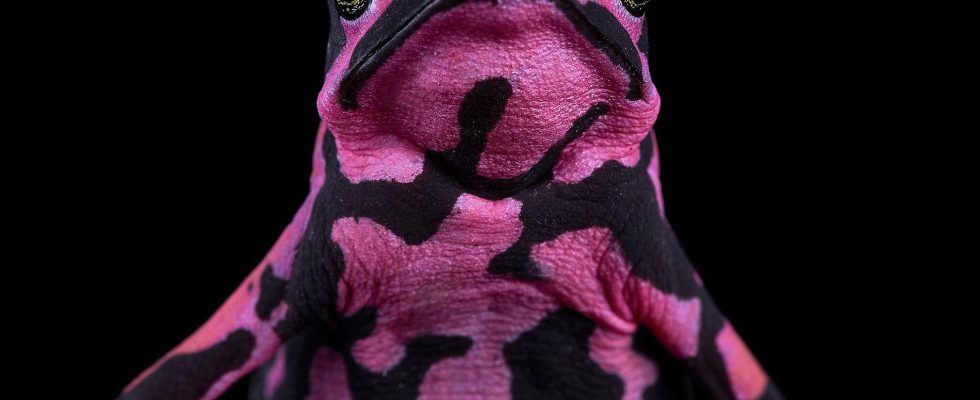Save the article
1 / 4Photo: Jaime Culebras/Handout
They fight for their future against enemies such as disease and destroyed habitats. But now, another problem has surfaced as one of the biggest emerging global threats to frogs, salamanders and amphipods, according to a study.
Times are tough for the world’s amphibians, with shrinking populations and loss of species.
In 2004, a first global compilation showed that amphibians were the most threatened group among vertebrates. And the future does not look brighter, according to a study published in the journal Nature.
The researchers have evaluated the status of the 8,011 species of amphibians on the International Union for Conservation of Nature’s IUCN Red List, of which 2,286 have been evaluated for the first time. It includes a large part of today’s known species of amphibians.
Two out of five are threatened
The results indicate that 40 percent of the evaluated species are globally threatened and are categorized as either acutely threatened, highly threatened or vulnerable.
– Historically speaking, amphibians have been overlooked when compared to, for example, mammals and birds. But the fact is that they not only have it worse than them, they also fall through the cracks more often, says Kelsey Neam, one of the authors behind the study, at a briefing.
Life looks particularly bleak for salamanders and water salamanders. Three out of five species are threatened with extinction, according to the study.
The biggest worry for the amphibians is degraded or destroyed habitat as a result of, for example, agriculture and infrastructure projects. It affects 93 percent of all endangered amphibians, according to the study. The fungal disease chytridiomycos, which has claimed many amphibian lives in Latin America, Australia and the United States, also continues to cause decline.
Growing threat
But other problems are growing bigger. For the more than 300 species of amphibians pushed to the brink of extinction 2004-2022, climate change is the biggest threat for 39 percent, while habitat loss affected 37 percent of this group.
“Habitat loss and destruction is still the most common threat to amphibians, but an increasing proportion are at risk of extinction due to disease and the effects of climate change,” says Jennifer Luedtke Swandby, another of the authors.
Since 1980, the risk of extinction has decreased in 63 species thanks to efforts to preserve the amphibians. It shows that the efforts are working, but they need to grow to slow the decline among amphibians, the authors point out.
Amphibians breathe through their skin, which is one of the reasons why they are particularly sensitive to changes in the landscape. Extreme weather events such as storms, droughts, fires, heat and floods are becoming more frequent and intense in the wake of climate change. This can mean increased mortality, degraded habitats and the loss of several breeding areas.
– To survive, the amphibians must either adapt or move. But in many cases the changes are too fast for them to adapt and fragmentation of their habitat creates obstacles that make it increasingly difficult to migrate, says Neam.
– They become climate prisoners, unable to move very far, says Luedtke Swandby.
Important role
So why is it important to save the amphibians?
The reasons are many, according to Neam, who among other things highlights their role in nature’s nutrient cycle and in the food web.
– Amphibians are prey for species such as birds, reptiles and mammals, without them those animals would lose an important source of food. And amphibians themselves live on other animals, like insects and other vertebrates, and without their role in this, the food web would basically collapse.
FACTS rowing animals
Amphibians (amphibians) are divided into the orders tailed amphibians, tailless amphibians and worm amphibians.
Amphibians are found on every continent except Antarctica and in the most diverse environments, from desert to tropical rainforest. But because the skin must always be kept moist, the majority occur in or near water or moist environments.
Amphibians vary in color, shape and size. Some lack limbs and squirm, while others have four legs and jump.
Read more
